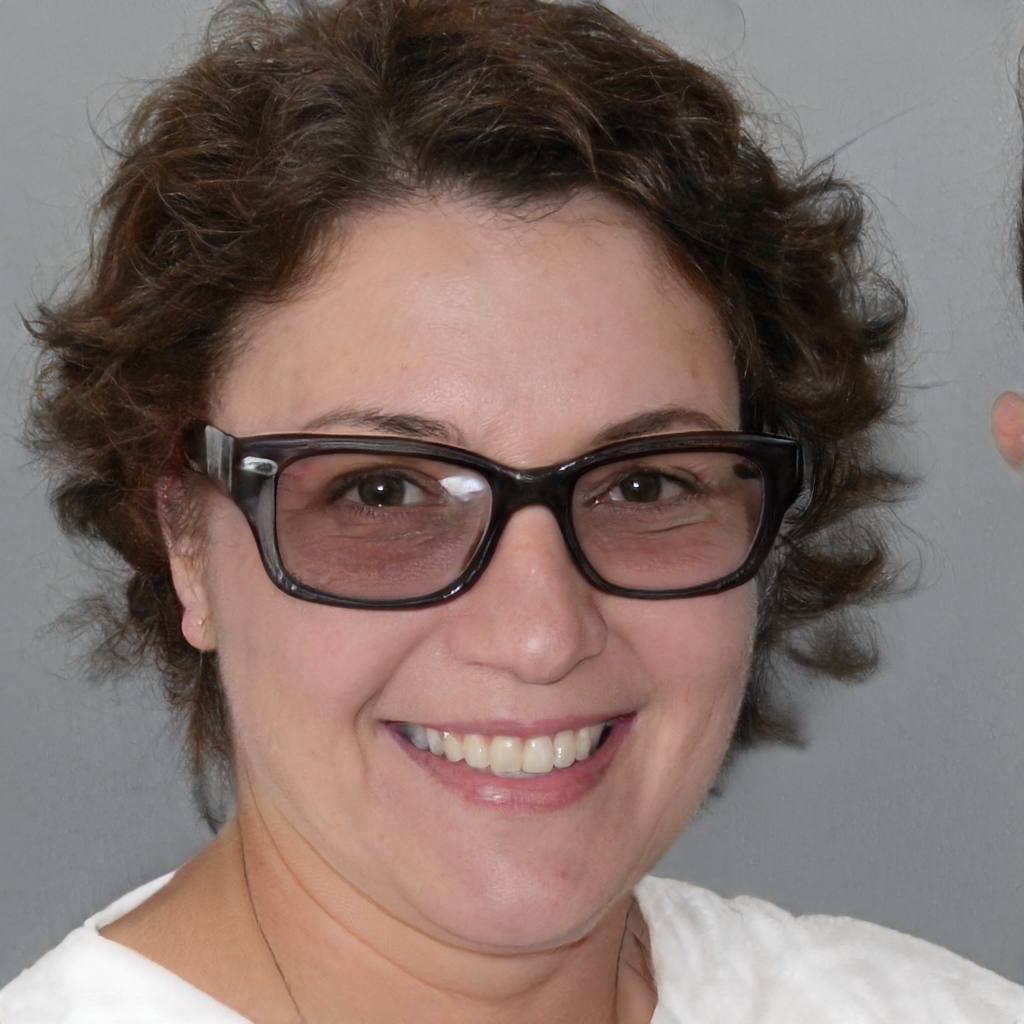For the first time, a team of scientists has managed to calculate the mass of a single human chromosome. And the data obtained is incredible.
For the first time in history, scientists have managed to measure the mass of a human chromosome. And no, they didn't do it in view of the fateful "swimsuit test", but, as you will understand, in the name of research.
In the United Kingdom, at the national scientific synchrotron facility, the Diamond Light Source, a team of physicists in fact used a powerful X-ray source to determine the mass of 46 chromosomes individually. And the result managed to astound them, changing many of the previous beliefs in the literature on the subject, as stated by biophysicist Ian Robinson of University College London:
This is the first time we have been able to accurately measure chromosome masses. Our measurement suggests that the 46 chromosomes in each of our cells weigh 242 picograms (trillionths of a gram). And that's a heavier measurement than we expected. It indicates an unexplained excess mass.
The mass of chromosomes in human cells has therefore turned out to be significantly higher than expected, at about 20 times the DNA it contains. According to researchers, the figure could depend on the presence of other elements within the chromosome, but they are still completely unknown and to be discovered. And consequently opens up an unexplored world that will certainly have positive effects on our health, a little 'as already happened for the recent creation of a miniature working heart, just as big as a sesame seed.
The chromosomes, to make it very simple even for those not "insiders", are small packages of threadlike DNA that contain all the information and genetic instructions concerning the life and development of every living organism. Not only that, they prevent DNA from unraveling, helping to maintain its structure during the process of cellular replication. Humans have 23 pairs in all, 22 pairs of numbered chromosomes (autosomes) and a pair of sex chromosomes. To have identified their weight is, for research, an incredible achievement that adds a building block to the study of these microscopic structures. And one that may help us in unexpected ways, by the study's leaders' own admission:
A great deal of chromosome study is undertaken in medical laboratories to diagnose cancer from patient samples. Any improvement in our ability to image chromosomes would therefore be very valuable.
In this particular case, the scientists took advantage of a particle accelerator - called a synchrotron - to produce a powerful beam of X-rays. As the beams pass through chromosomes, their diffraction allows them to recreate a 3D reproduction of the same structures at high resolution. Using this technique, they were able to determine the number of electrons in the chromosome. Considering that this is a well-known mass - the resting mass of electrons is one of the fundamental physical constants -, from this data it was fairly easy for the research team to calculate the final mass of the chromosome.
Andrea Guerriero
